Text by Staff
All photos by Hugues Vanhoolandt except as noted
The Inspirational Berlinetta
The 1938 Alfa 2.9 Touring Berlinetta is the car that provided the inspiration for Paul Wilson’s lifelong dream to build his own body on a 6C2500 chassis.The lines, the long hood, the perfect proportions and the sheer drama of the Touring design were duly noted by a young Wilson, even as he researched a savory variety of both French and Italian prewar coachbuilders. (See Part 1).
Wilson’s final product was necessarily quite different than that of the longer 118 inch wheelbase 2.9 Touring, but the Berlinetta nevertheless remained at the top of the charts. How could it not.
In doing research for Paul’s articles, we asked Hugues Vanhoonlandt if he could supply a number of different views of as many 2.9 Berlinettas as he could find. Out of the perhaps five built (check Simon Moore’s Immortal 2.9 for details) Vanhoolandt came up with great photos of four. This in turn gave us enough material to present, thanks to both Hugues and Simon Moore, a brief history of each. Factual information is credited to Simon’s second edition of his book published in 2008.
412020 The First
This is the first of the Berlinettas as constructed by Alfa and bodied by Touring. It went from Italy to Germany to the U.S. before final restoration under Lukas Huni. The chassis was the 3000 mm Lungo wheelbase, a length that could be used to seat four people, but in fact few Lungo chassis had provisions for four occupants, and were more like a two plus two arrangement. Per Fusi, the weight was 1250 Kg. The engine was based on the P3 unit, with horsepower 180 CV at 5200 rpm using two superchargers. A four speed transmission with differential at the rear was linked to an independent suspension. It was the greatest car of its era.
412024 Driving Impressions
The Big Red One arrived in the UK in early 1939, and found its way to dealer Jack Bartlett. Motor for August 3 1949 had a road test by Bunny Tubbs who noted that along with the mechanical noises which were to be expected, there was a distinct lack of wind noise “That comes with a body of really air smoothing form.” The close ratio gearbox had a top ratio designed to give 125 mph at 5400 rpm. “Being very low built and exceptionally light, especially above the waistline, the 2.9 coupe does not suffer from the sudden oversteering characteristic sometimes met with independent rear suspension designs. The late Peter Giddings made copious notes about the car when owned by Lord Ridley, who had the two small side windows installed at the rear that are with it to this day. Jan Willem Martens was the last owner listed by Moore, in 2004.
412029 Let the sunshine in
Immediately recognizable as it is blue, and has a cloth sunroof. Originally sold to Antonio Maino of Milan, who kept the car through the war. It found its way to Switzerland where it was raced by Bruno Picco at Berne. The engine was sold to the U.S. and a Studebaker unit installed, and in this condition it was found and purchased by Luigi Fusi in 1963 for the Alfa Museum, where it remains to this day. While at the Alfa Museum, Moore noted that the car had Zenith carbs, 18 inch front wheels and 19 inch rears, a beautiful original interior.
412035 Watkins Glen Winner
Arguably the most famous of all the 2.9 Berlinettas, at least here in the U.S., It was driven to victory in both races at the first running of the Watkins Glen road race in 1948. Frank Griswold went to Switzerland in 1947, wanting to purchase a 2.9 Spider from Jean Studer. It was not available but a stunning blue coupe was. Griswold, a dealer for Webers and Alfas in Pennsylvania, entered it in the first post war road race in America, beating several actual racing cars in the process. It changed hands several times before landing in the collection of Jon Shirley.
412036 Mille Miglia winner
The winner of the 1947 Mille Miglia,412036 was found in Argentina in 1966 by Lucio Bollaert, who was well aware of its importance. Alfa 2.9s had won the Mille Miglia every year since 1936 (not counting the shortened 1940 event) so it was not surprising that an Alfa 2.9 would do so again in the first postwar event. What was different is that the rules banned superchargers, so the two blowers were removed for the race, reducing the power from 180 hp to 137hp. But it was enough to keep the hounding 1100cc Cisitalias at bay, as winners Emilio Romano and Clemente Biondetti were aided by driving the closed car in the horrendous rain that plagued the race. Acquired in 2000 by Miles Collier who had it painted grey, we unfortunately do not have a photo of the car. However, reader John Miles sent in this photo right after we published the story. We include it below and thank you John!
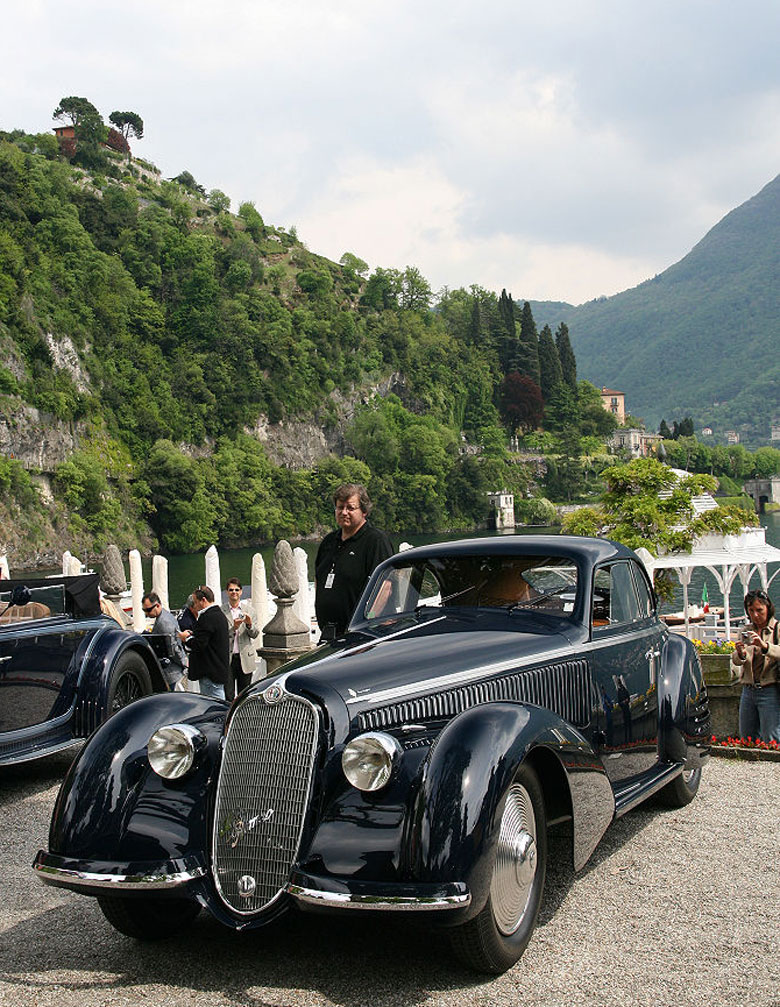
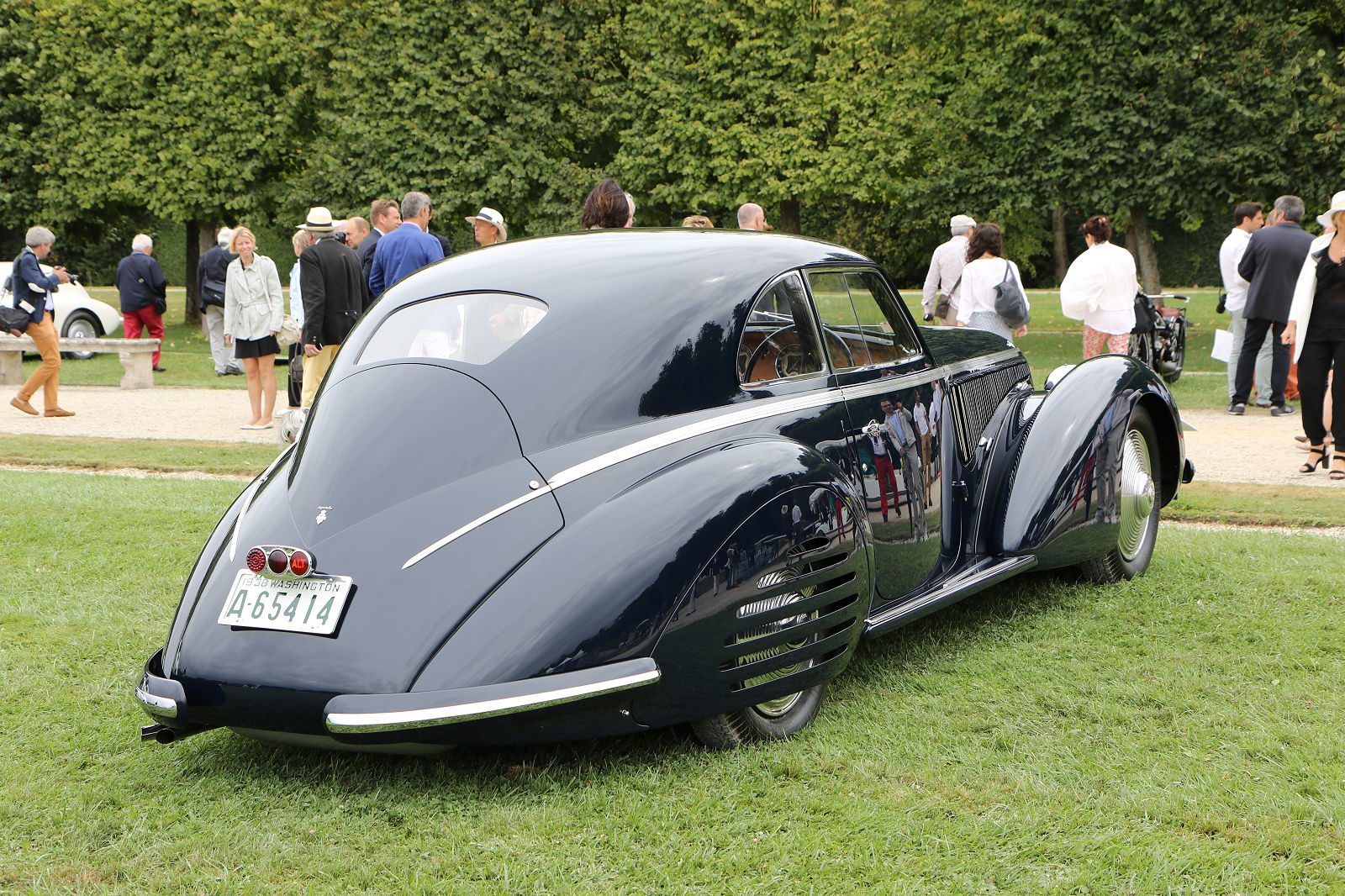

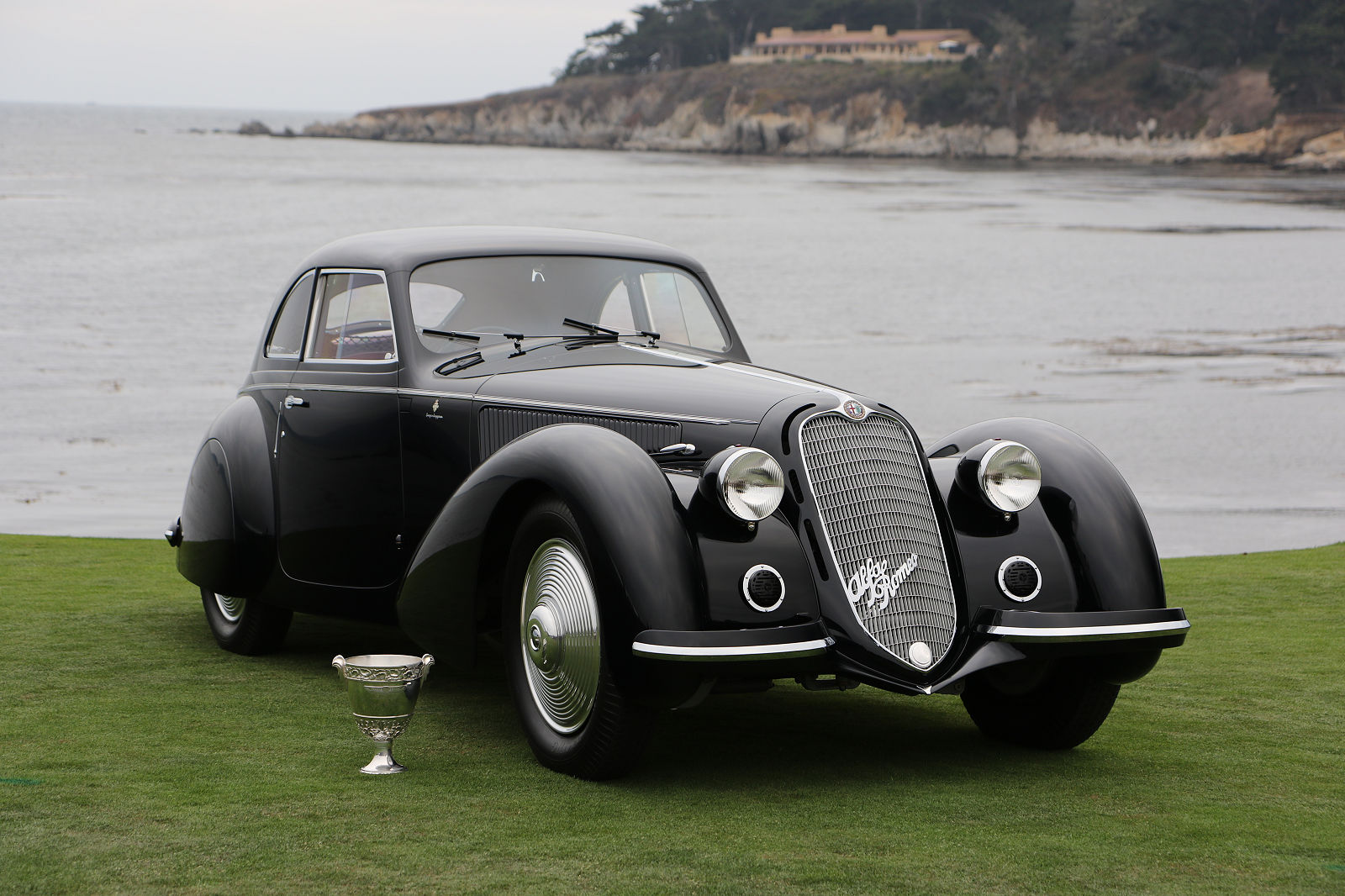
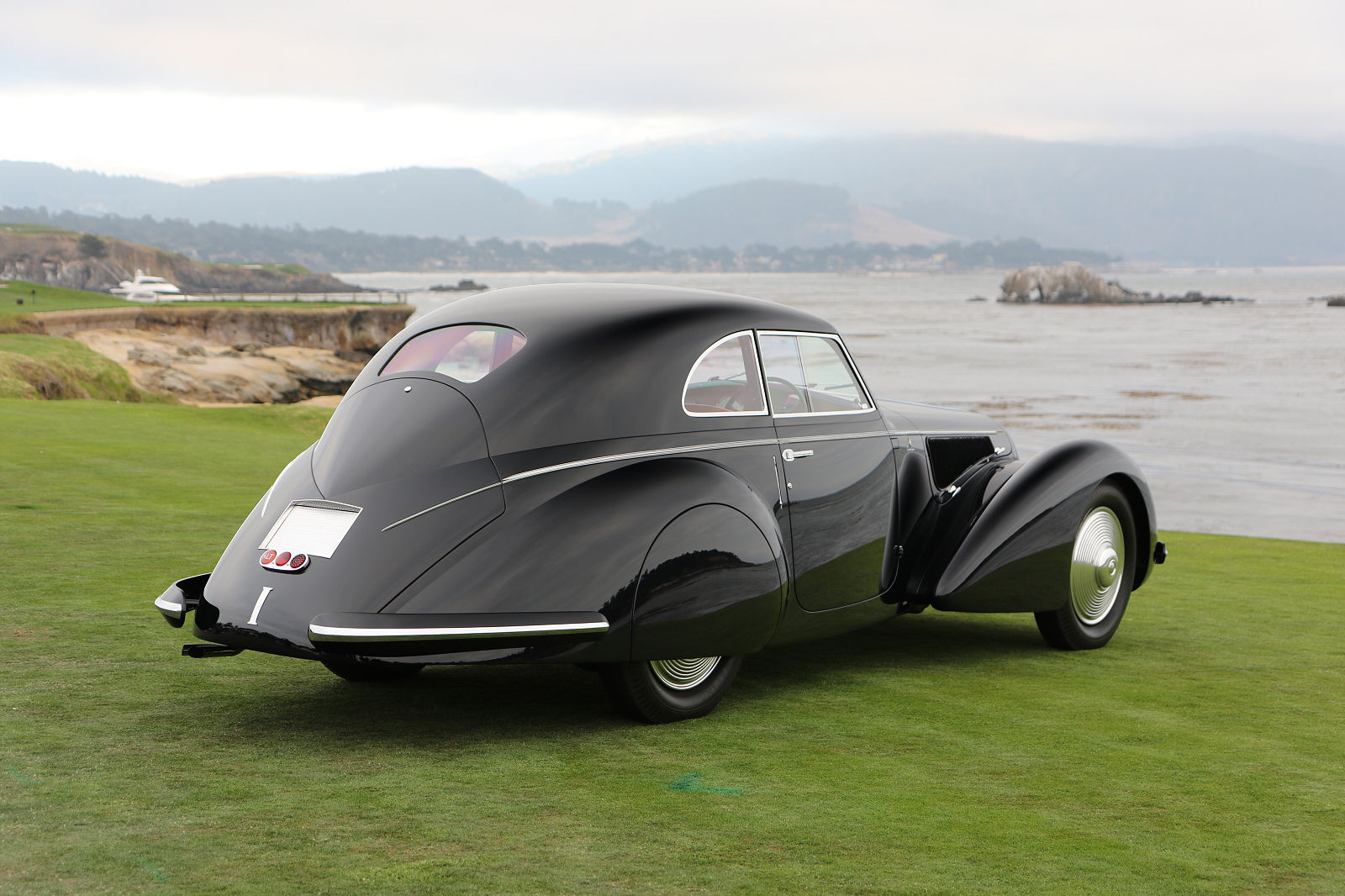
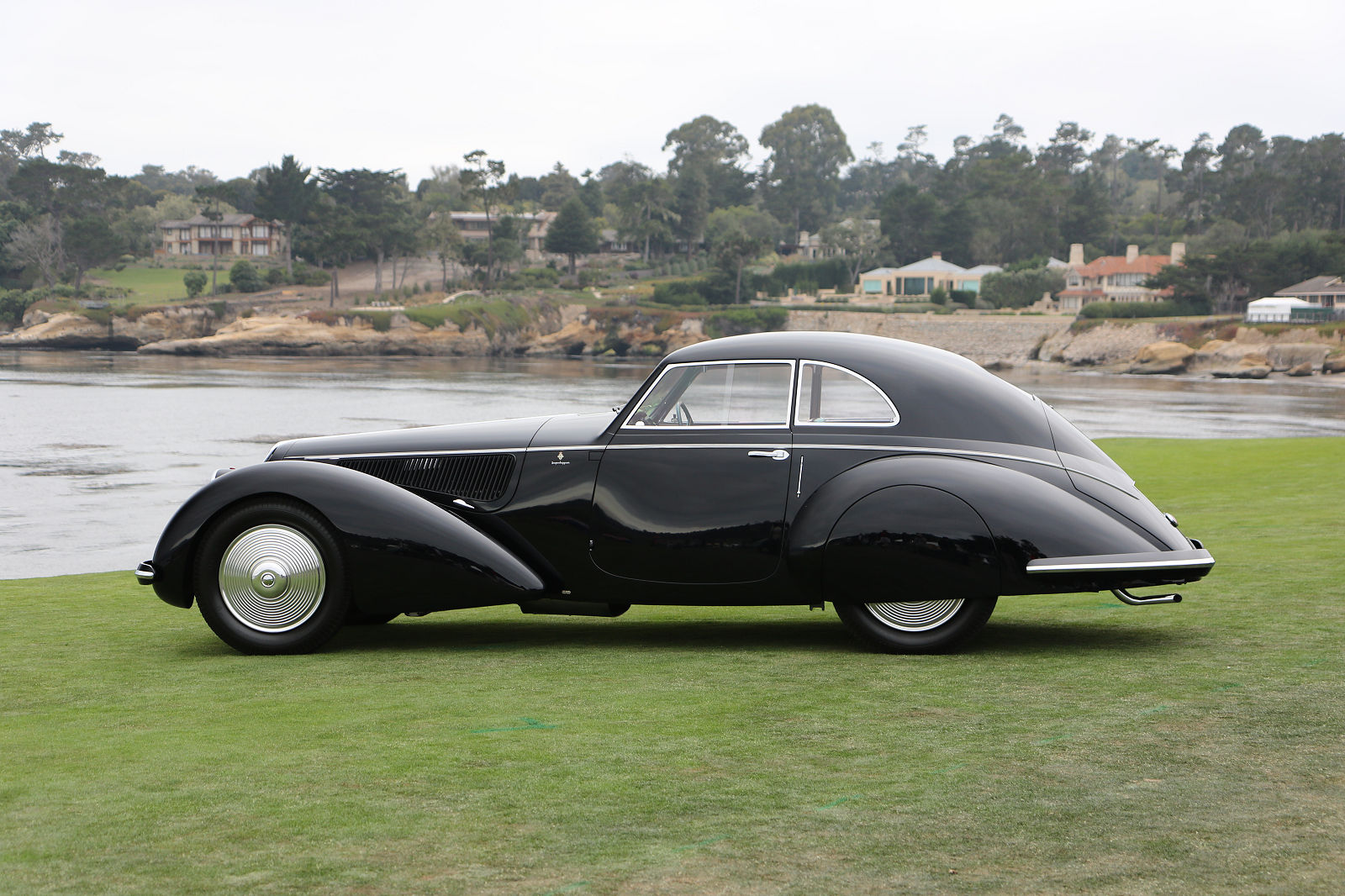


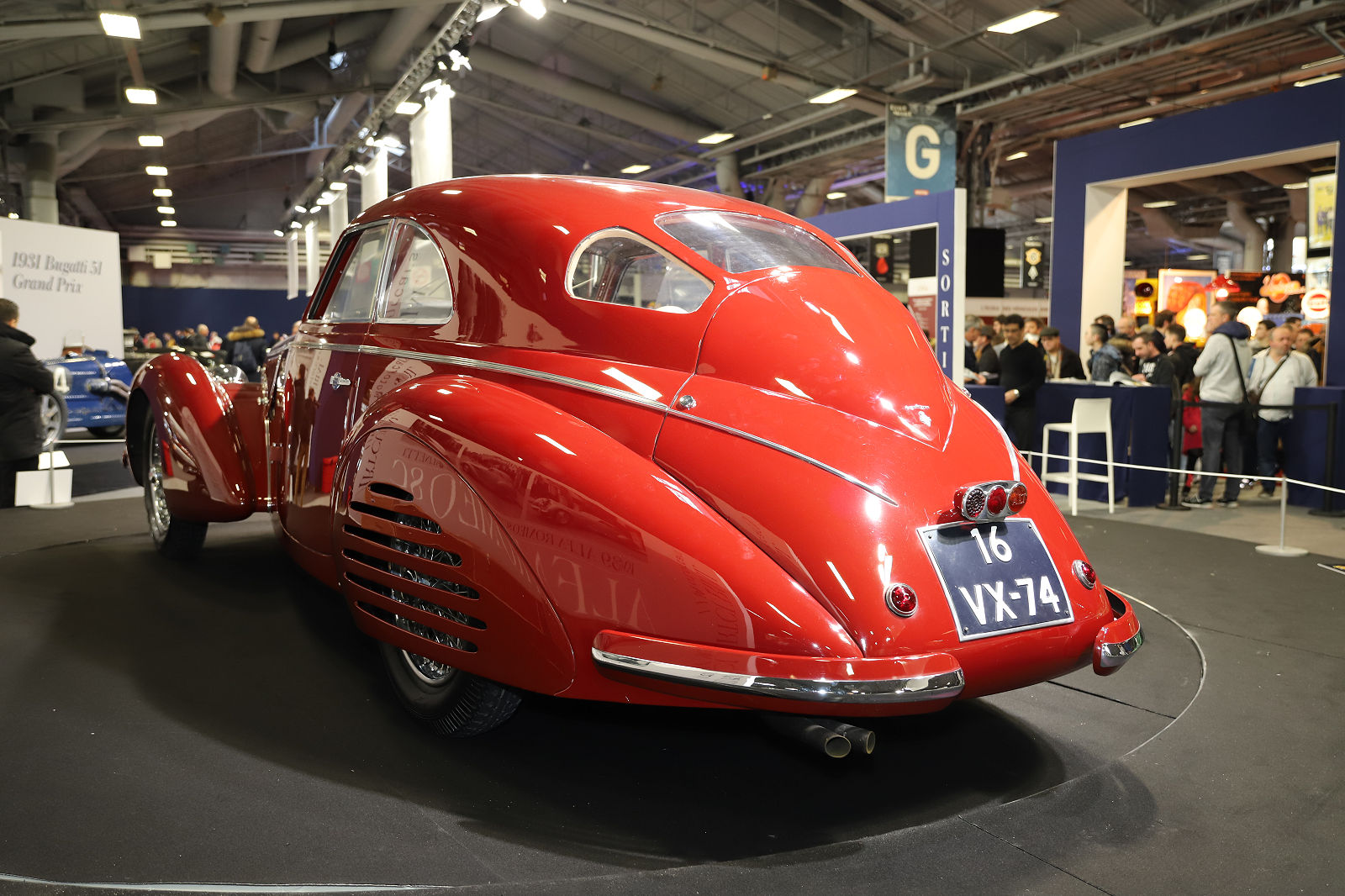

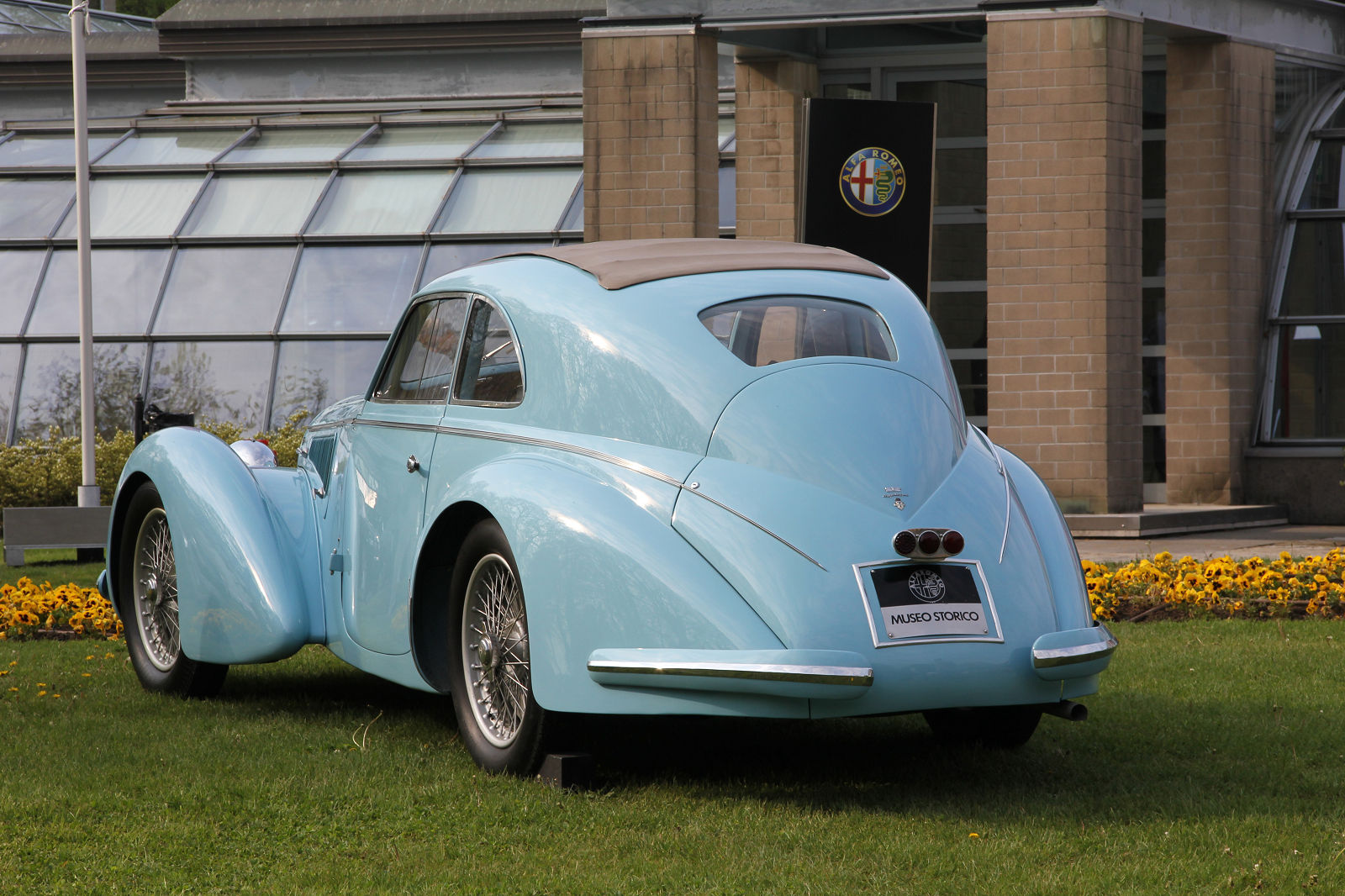
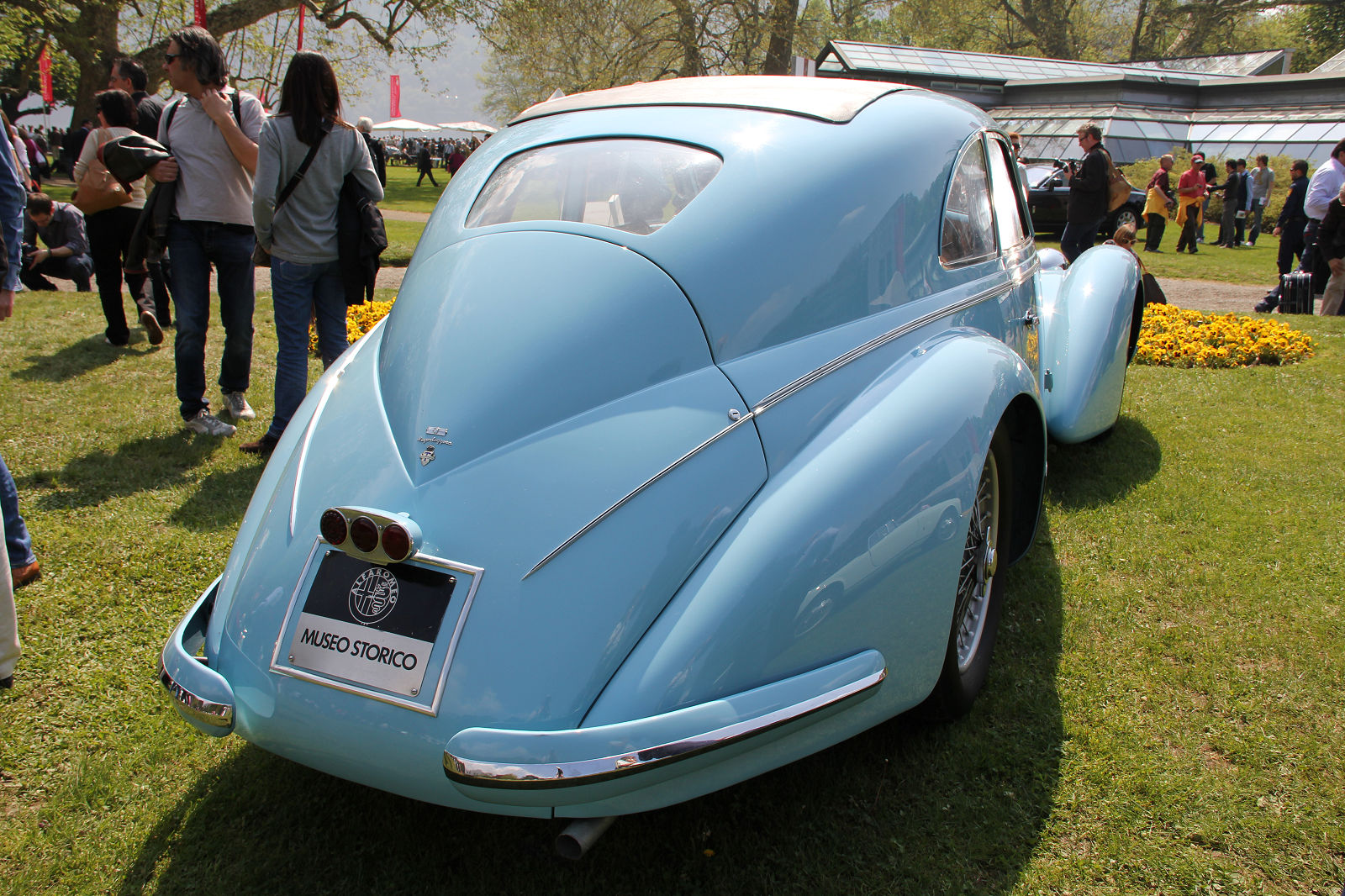
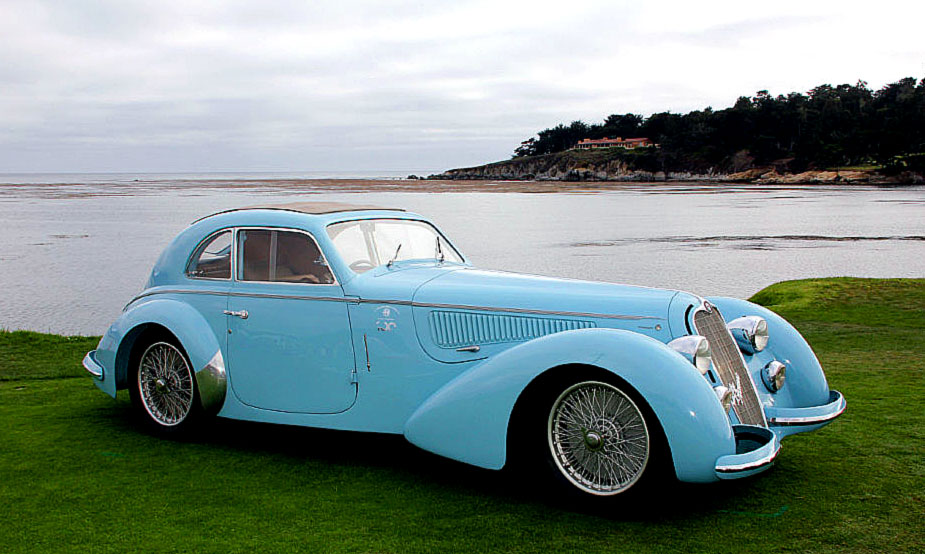
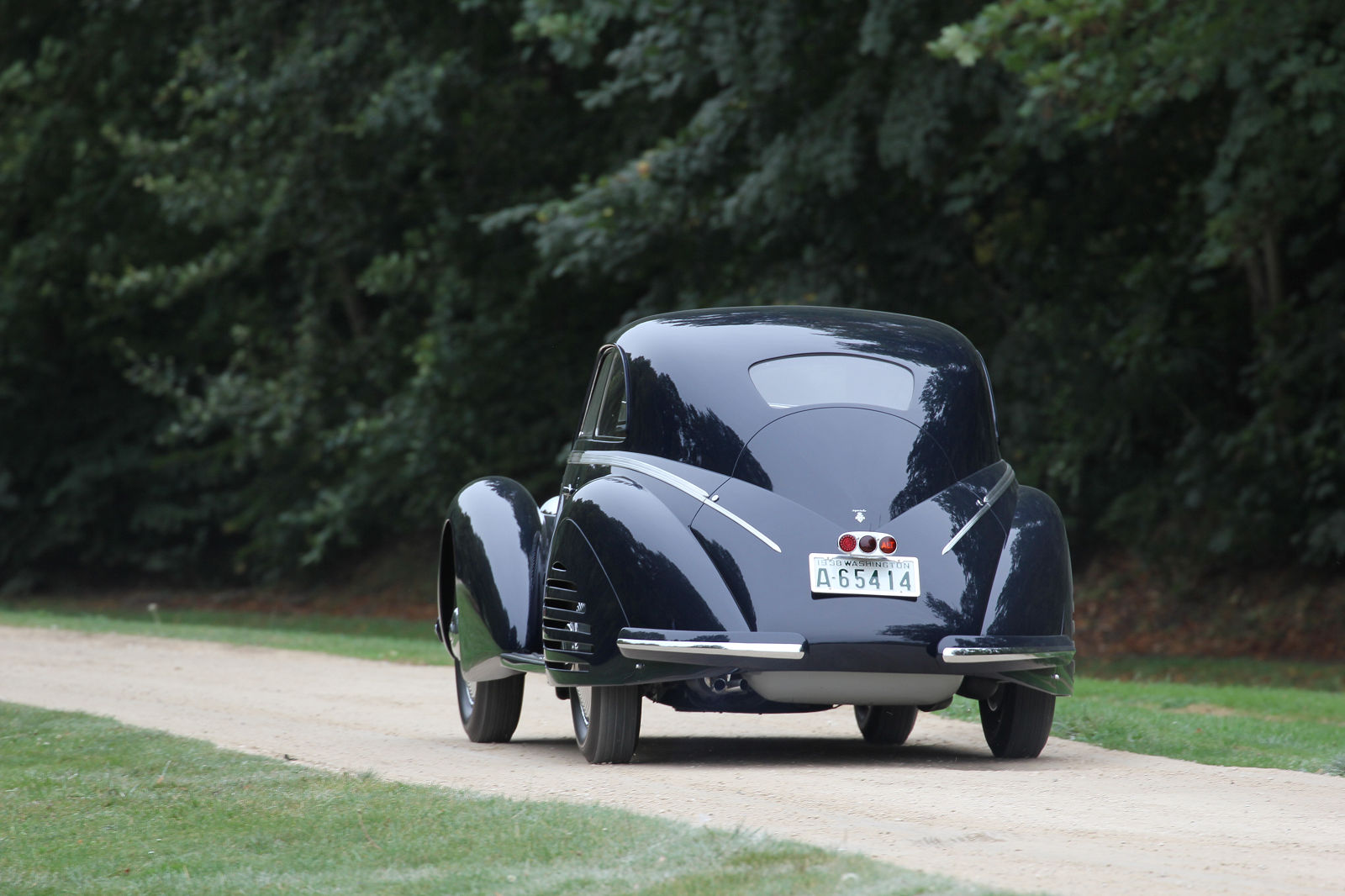
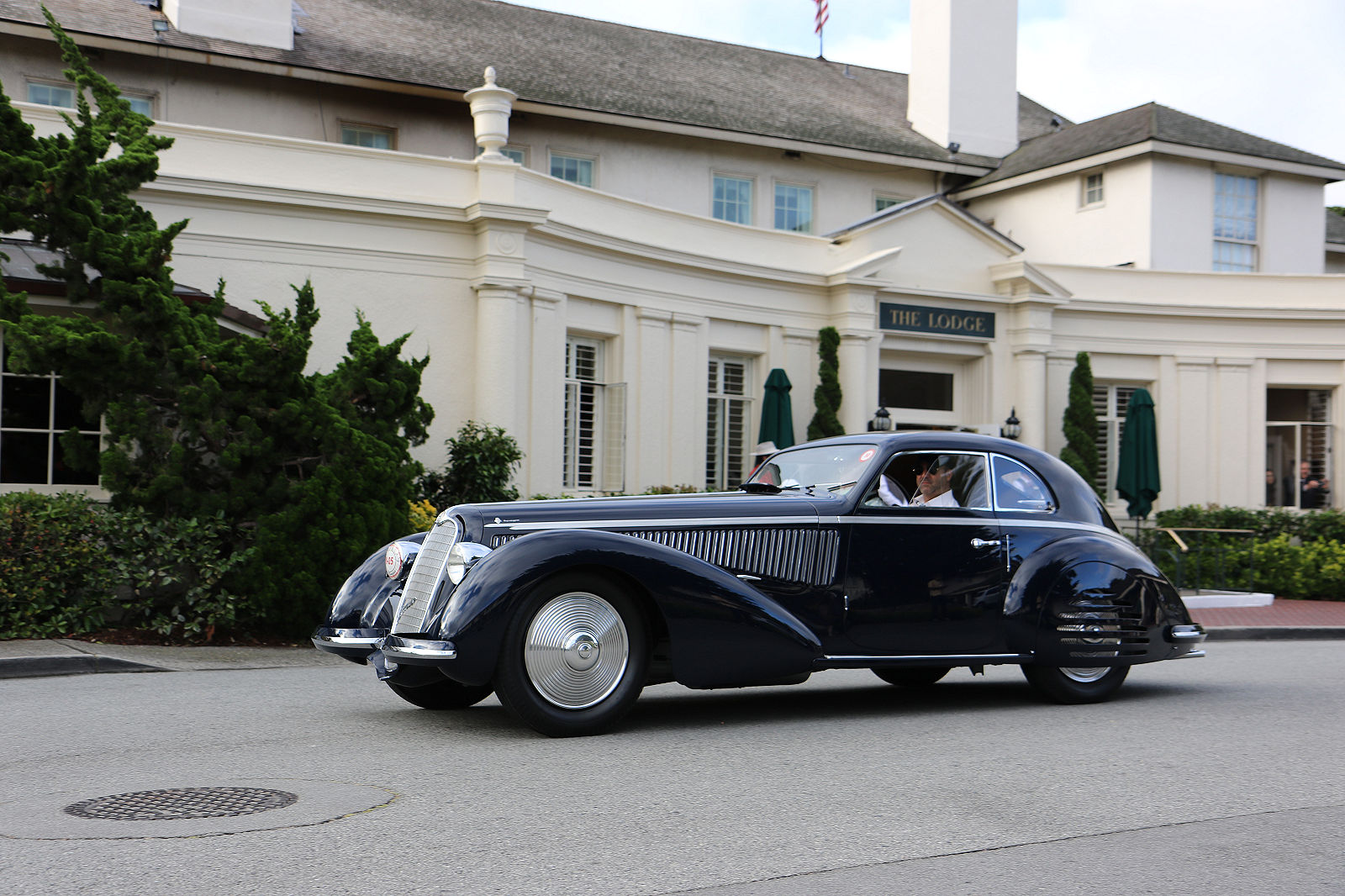
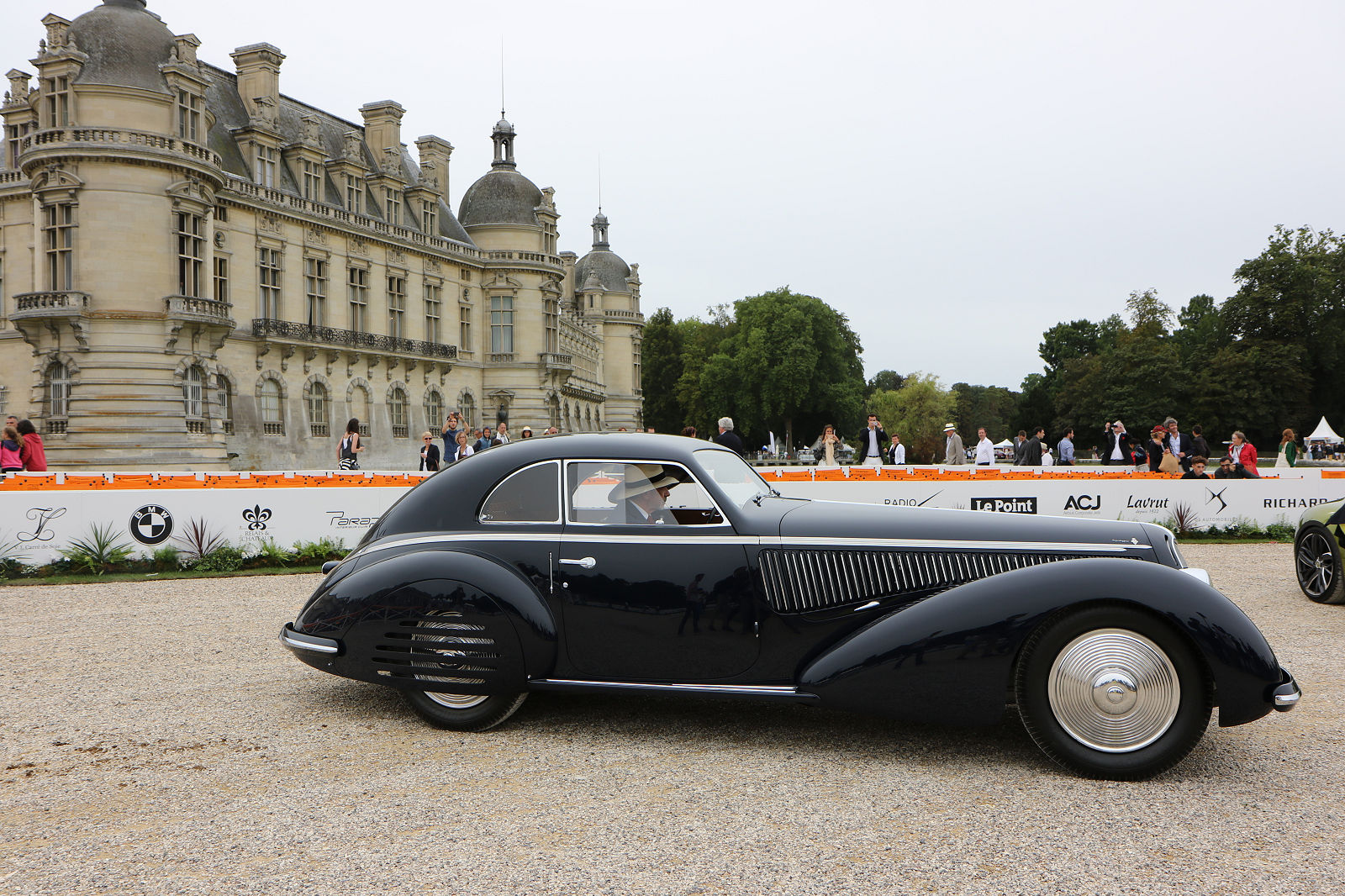
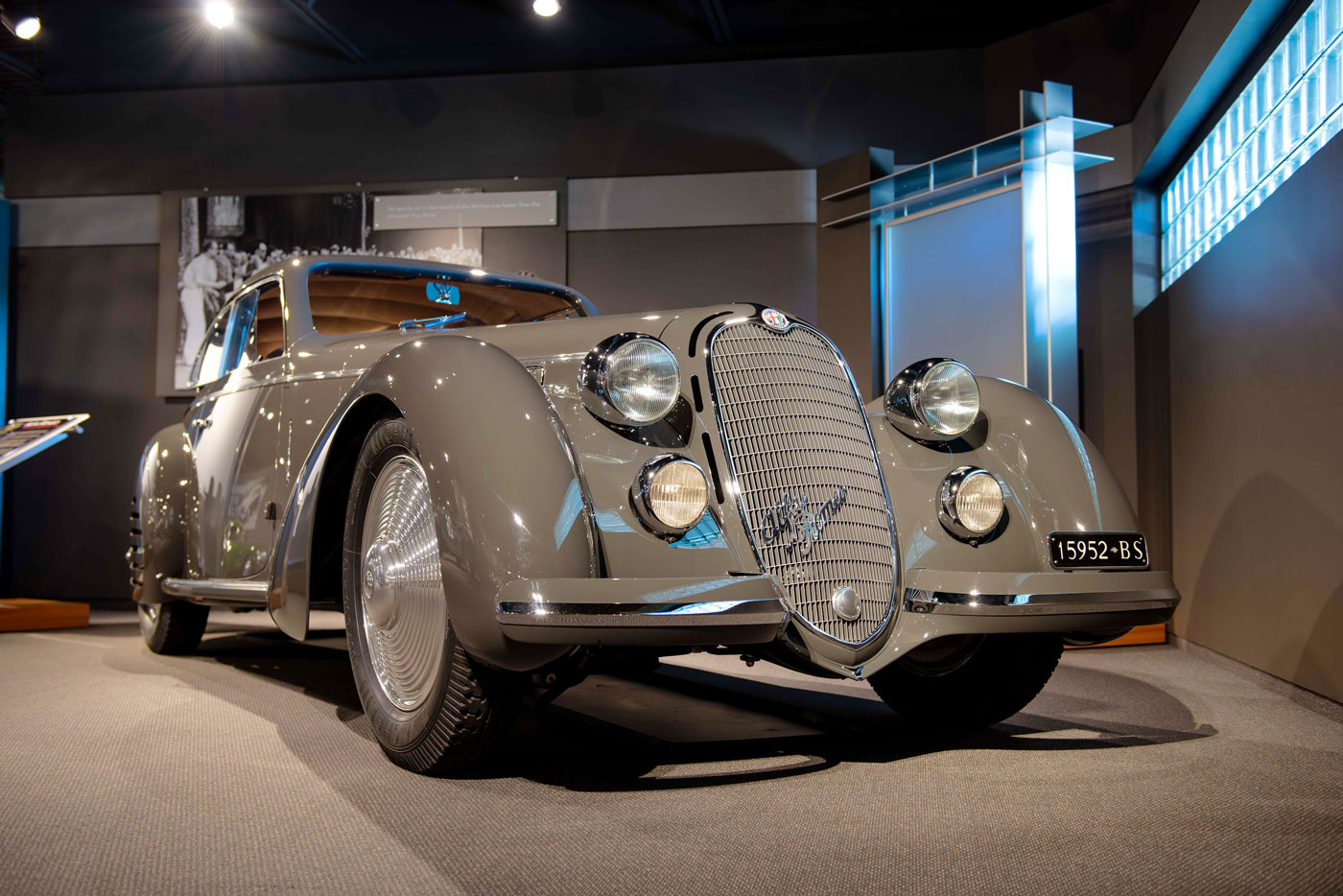
Just when I thought you couldn’t get any better and now you’ve done it again!
The Collier 2.9 was restored by RX Auto in North Vancouver.
Would visit to watch the progress. The colour was close to the Graphite Grey of the Giuliettas. Gorgeous.
Then it was transported back to Florida. Only to be returned for an amusing reason.
One of the front fenders was not correctly made–back in the day. When steering through full lock over a jounce in the road the tire would rub the inner part of the fender.
RX removed it and it was half an inch narrow compared to other one.
In 1939 the original panel beater made an error.
Which was quickly fixed.
Fabulous story and photos.
My wife and I saw the Frank Griswold 2.9 in 1998 at the Watkins Glen 50 th Anniversary Vintage Festival, and Denise McCluggage took a few ceremonial laps of the old street circuit with the owner.
The mechanical screech of the supercharged engine is still ringing in my head!
Cameron Argetsinger’s son J. C. described his recollection of Griswold ripping by on practice laps, with his father aboard as navigator, “looking like a space ship had landed in Watkins Glen”!
Made the more popular MGTC look rather pedestrian, I imagine.
Hi Geoff,
I had ridden down to the 1998 50 Year Watkins Glen Grand Prix re-enactment with David Cohen, owner of 412035 — the 48 winning Alfa 2.9 coupe from the track. I was going to enjoy riding with David for the “hot” parade laps until I saw Denise in the crowd. She was there covering the event for “Autoweek”. I asked David if he would take Denise around instead of me. Being an ex-pat South African, he had no idea who Denise was but fortunately he agreed. I caught a ride in the Watkins Glen police chiefs car
Memories sustain us — Cheers, sam
Regarding the tire or wheel hitting the inner fender—Wire wheels can be laced to offer different hub-to-wheel offsets. I know, because I have had to use our custom made press to change the wheel cover ( hub to rim) offset to accommodate different spoke lacing offsets- often front v/s rear wheels. My services to Mike Rabin of the former Lmarr Disk was critical to this needed post-fitting. Although not confirmed on this car, we do have the dies that likely produced these wheel covers for RX Auto. Details, details, details– nothing is EXACT in hand built cars. Following the footprint of various coachbuilders is an art–not unlike touching up the smile on the lips of the Mona Lisa. It is interesting, difficult, counterintuitive, and often correctional- where preservation for truth in history is the ultimate goal.